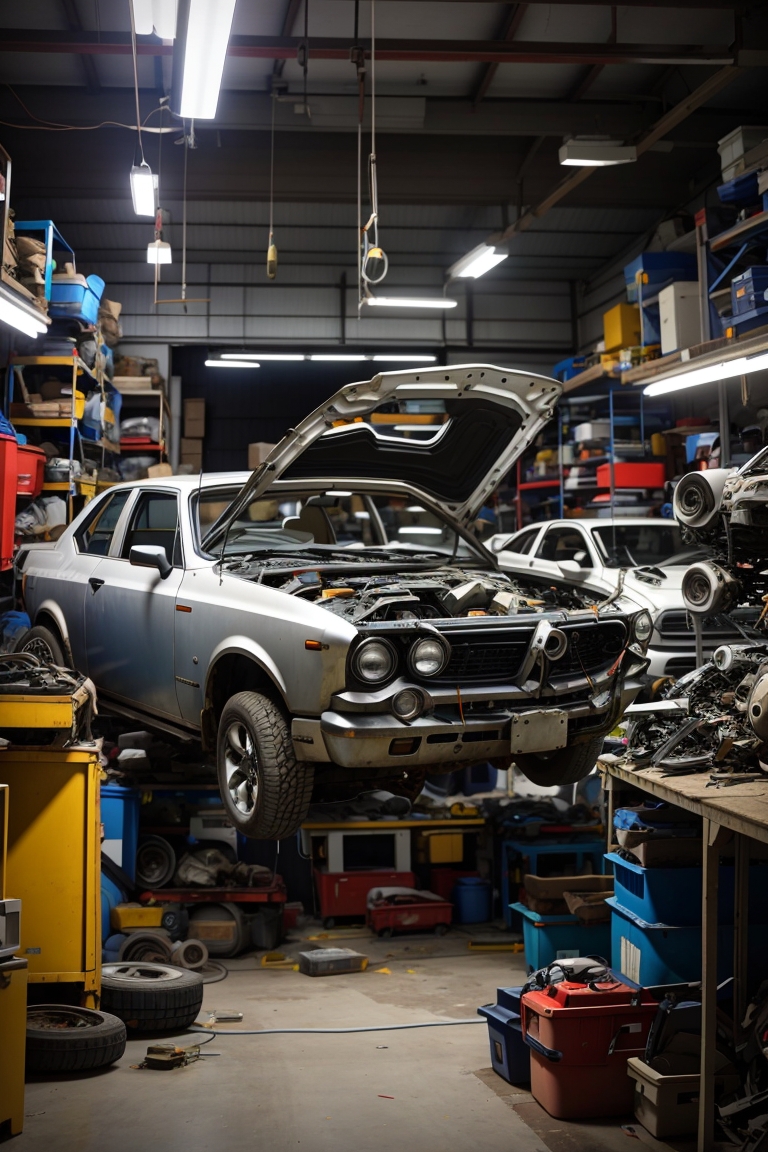How to extract modern Ubuntu initramfs
Just to remember, there is an explanation here, from which the following directive can be taken:
(cpio -id; zcat | cpio -id) < /path/to/initrd.img

Nowadays, when LVM2 is common and is actually the default in installation of RedHat based distributions, using its snapshot capabilities can save lots of grief when files are deleted or when you need to revert to a day in the past – both for your files and for your MySQL DB. I have created a…
XenServer is a wonderful tool. One of the better parts of it is its powerful scripting language, powered by the ‘xe’ command. In order to capture a mass of snapshots, you can either do it manually from the GUI, or scripted. The script supplied below will include shell functions to capture Quiesce snapshots, and it…
cat /proc/scsi/qla2xxx/$Z” where Z represents the SCSI interface the Qlogic has taken for itself, you’ll get something like this: <Snip> . . </Snip> SCSI LUN Information: (Id:Lun) * – indicates lun is not registered with the OS. ( 0: 0): Total reqs 63185608, Pending reqs 0, flags 0x2, 0:0:81 00 Assuming you’ve just added the…
(This article is the essence of a post from this Redhat Archive and it goes as follows: Problem: You need to detect what deletes files on your Linux Solution: Using auditd, with the right flags, you could get a lot of information. In Practice: If the mount point/directory is /oracle, then: (as root:) auditctl –w /oracle -k whodeletedit -p…
Unlike VMware Server, Xen’s HyperVisor does not allow an easy collection of performance information. The management machine, called “Domain-0” is actually a privileged virtual machine, and thus – get its own small share of CPUs and RAM. Collecting performance information on it will lead to, well, collecting performance information for a single VM, and not…
I’ve acquired a new server which is to supply services to a certain group. On most cases, I would have used PREROUTE chain in my IPTABLES on my router for prerouting, based on a rule such as this: iptables -t nat -I PREROUTING -i <external_Interface_name> -p tcp -s <Some_IP_address> –dport 80 -j DNAT –to-destination <New_server_internal_IP>:80…
This site uses Akismet to reduce spam. Learn how your comment data is processed.
I am working on Lubuntu 22.04, and either the lubuntu team creates the ramdisk differently, or the command is now out of date.
This works for me:
(cpio -id; cpio -id; zstdcat | cpio -id) < /path/to/initrd.img The ramdisk I am working with now has 2x uncompressed CPIO archives, prepending a "Z Standard" compressed main ramdisk.
They can modify it, however – how? Can you run the command ‘file’ on the initrd file? Or ‘lsinitrd’? It will give you a lot of details and insights.
In any case, on Ubuntu 22.0.4 my command works, and there is no reason to assume that this mechanism has changed. Just to be clear – your command failed on my test with the following output:
cpio: Malformed number
and
cpio: premature end of archive
Hi etzion, while I was initially confused by your response, I think I understand where the difference comes from. With my initrd I have 3 CPIO archives, the first 2 being microcode for AMD and Intel CPUs respectively – they each have their own CPIO archive. Then the third archive is the main initial ramdisk, encrypted Z standard encryption.
My ramdisk comes from the Lubuntu ISO. It is the ramdisk used to load the live environment. I assume the ramdisk you are using is for Ubuntu, installed on your computer? It would make sense to me that they would drop one of the first two microcode ramdisks, depending on what is applicable to the machine’s processor.
Thanks for your response, by the way you have some great info on your website. Thanks for what you do!
I understand. You were using the special LiveCD initrd. On systems which are on-disk, the initrd is created per the hardware configuration and layout of the system. Your note is good and important – and it exposes a structure including both microcodes as the same time, for both types of CPUs. When the system is installed on disk, it will integrate only the CPIO image for the relevant microcode. Makes a lot of sense.
I really appreciate the feedback. I have been collecting and sharing (and using it as an extended memory) for a long while. Some of it is still relevant even today 🙂
Thanks!